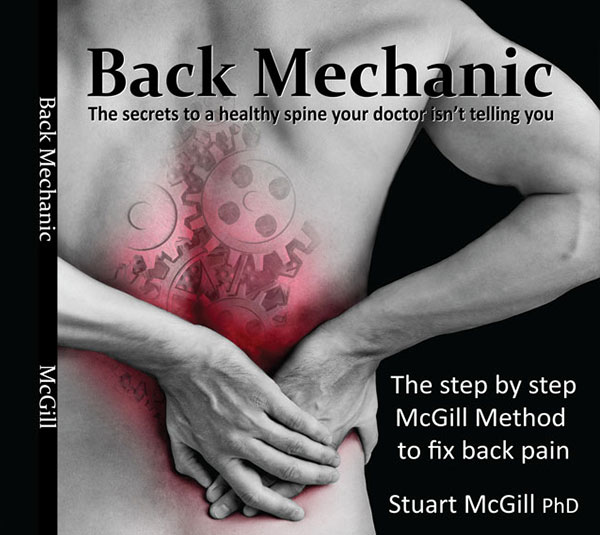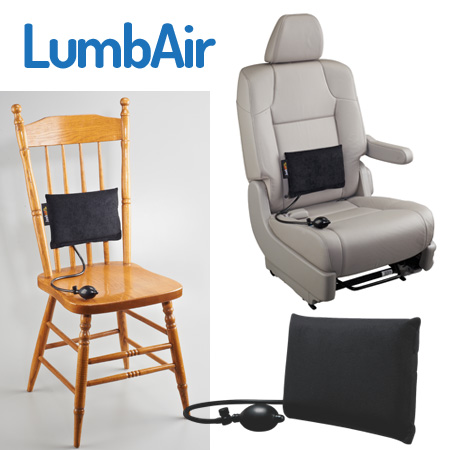01 Aug Coaching Cues, Back Health, and the Squat: How Neurology Shapes Strength
Article Rundown
- Dr. McGill explains how coaching cues must be individualized based on neurology.
- Brian’s explosive neurology made him a super responder to squat training.
- A study on squat effects revealed huge variability based on athlete type.
- Rebuilding elite performance requires more than just removing pain.
How Neurology Shapes Strength
In this segment, Dr. Stuart McGill and I dive deep into one of the most underrated aspects of strength development: how neurology, coaching cues, and individual variability dictate success in the squat—especially when you’re aiming to lift world-class loads while staying pain-free. For those who think squatting heavy is all about grit and grinding, think again.
It Starts With the Goal
When we first started working together, I made it clear to Dr. McGill that I wasn’t just looking to live a pain-free life. I had much bigger goals: to return to elite-level squatting and take back the all-time world record. This wasn’t just about rehab—it was about rebuilding the machine.
That goal dictated the entire approach. As Dr. McGill often says, too many people try to jump straight back into the mechanism that injured them without first addressing the fundamental flaws that caused the breakdown. In my case, that meant not only getting out of pain, but going through the necessary prerequisites: bone adaptation, regaining joint resilience, and building the kind of stiffness required to carry massive loads again.
“Dump Trucks” and the Powerlifting Stereotype
One of the things Dr. McGill addressed was the common stereotype that powerlifters are just “dump trucks” of the strength world—slow, grindy, and purely brute force. But he challenged that notion head-on, pointing out that almost every successful elite powerlifter he’s worked with has been inherently explosive. Sure, we may grind out a 1,000-pound lift, but the intent behind the movement is always speed and explosion.
In my own case, Stu identified very early that I had an explosive neurology—what he called “a gift of a strength neurology.” And it’s this neurological wiring that helped me become the first man to squat over 1,300 pounds in competition. You can be strong, but without that neurological speed and precision, you’ll top out fast—or break down under the wrong loads.
Squat Training and the Vertical Jump Experiment
To explain why this neurology matters so much in squat programming, Dr. McGill told a story about an experiment he ran with a group of volleyball players. The goal was simple: improve everyone’s vertical jump.
After a squat training program, results varied wildly:
- Some athletes jumped significantly higher.
- Some saw no improvement at all.
- A surprising number actually got worse.
If you only looked at the average, you’d wrongly conclude that squats had little to no effect. But once the team was divided by neurology—explosive vs. naturally strong—the picture became clear. The athletes with quick, explosive neurology became super responders. The squat training enhanced their stiffness and strength without slowing them down. But those who were already slow and strong became even stiffer and less agile.
This kind of divergence explains so much of what we see in real-world lifting: why the same program works wonders for one person and wrecks another.
Why Coaching Cues Matter More Than You Think
Back to the squat.
Dr. McGill pointed out that great coaching requires understanding what you’re seeing—not just barking commands. You can’t rely on the same cues for every lifter. Some people need to create more stiffness; others are already too stiff and need mobility. The coaching cue has to match the lifter’s needs and their neurological wiring.
One quick test Stu ran on me early on was a simple pull-up—not to test strength, but to evaluate speed. I didn’t grind it. I exploded upward. That told him everything he needed to know about my neurology.
And that’s why coaching matters. That’s why cueing matters. When you’re trying to build a back that can tolerate a 1,300-pound squat, you can’t afford to use cookie-cutter cues. You need the right tool for the right job, applied with precision.
Final Thoughts: It’s Never Just One Thing
If there’s a theme to this entire segment, it’s that the path back to elite performance is not linear—and it’s never about one variable. Back health, squat mechanics, neurological readiness, and individualized coaching all intertwine.
I was fortunate to have a guide like Dr. McGill to help me not just rebuild, but rebuild better. Understanding my strengths—neurologically and structurally—was a critical step in the journey. And that understanding should shape how you train others, or train yourself.










Sorry, the comment form is closed at this time.